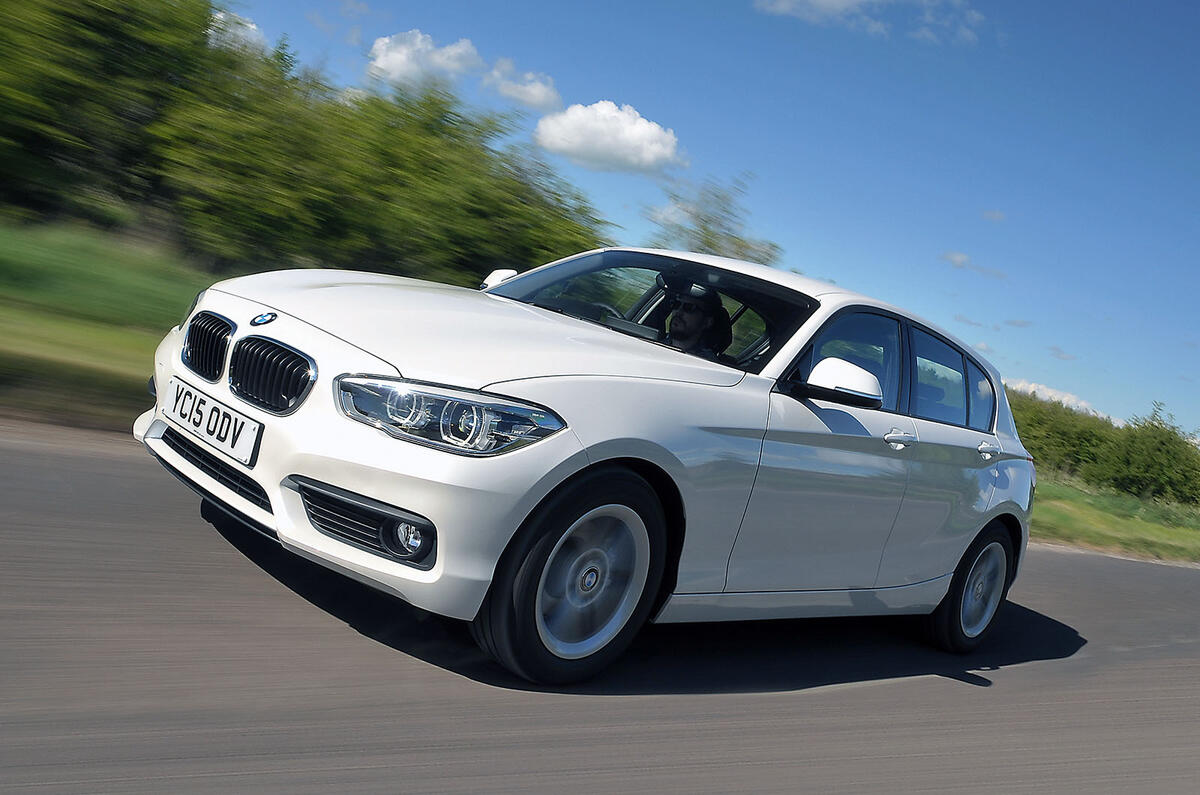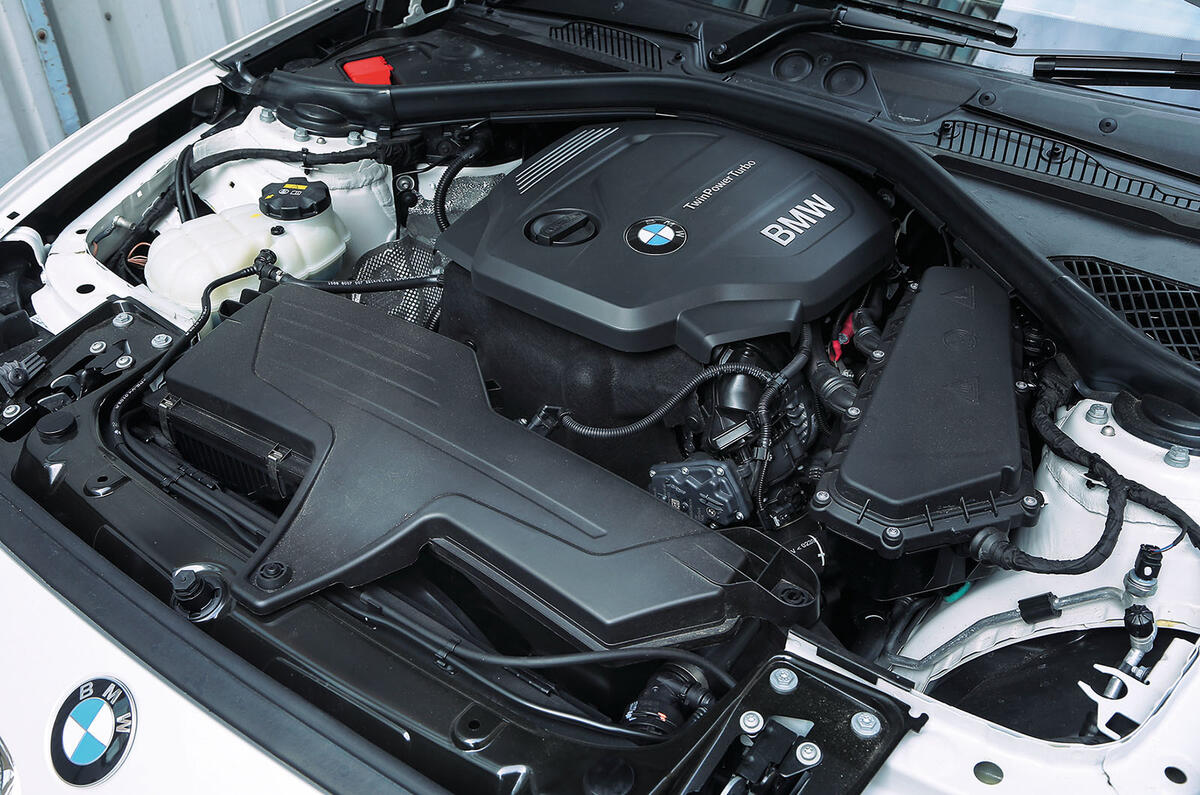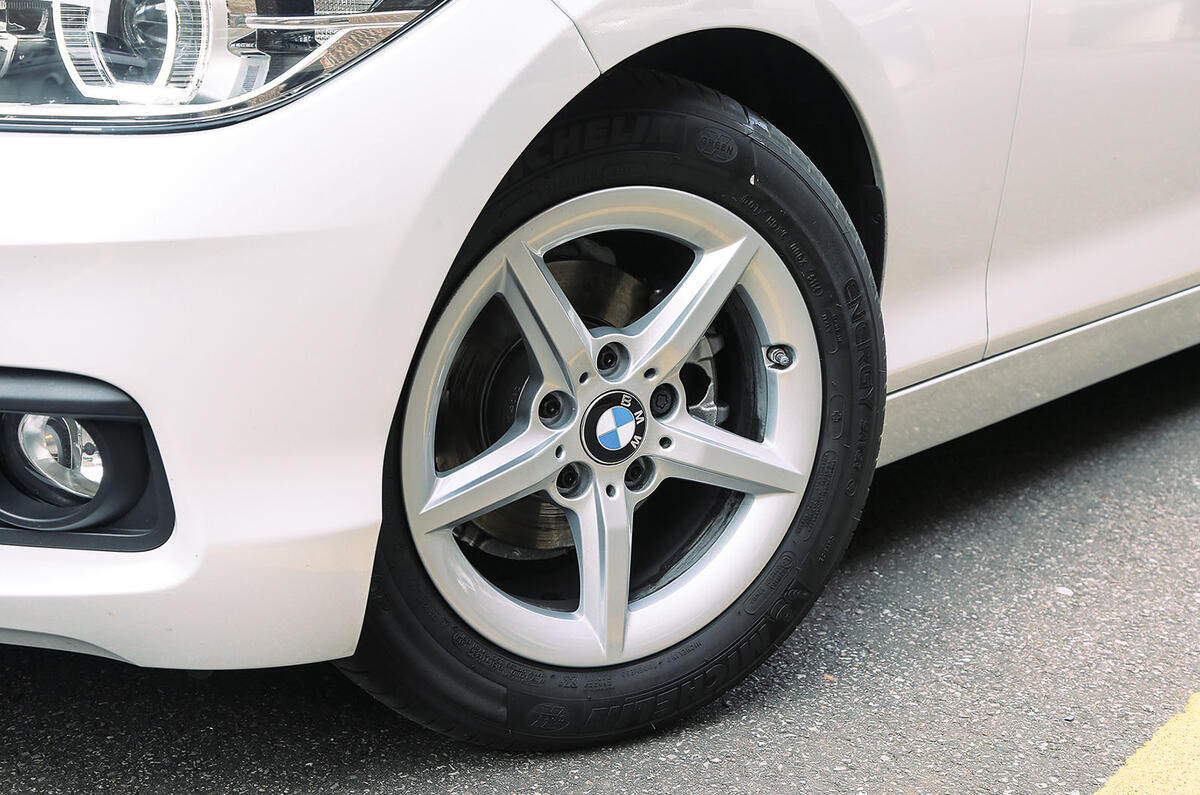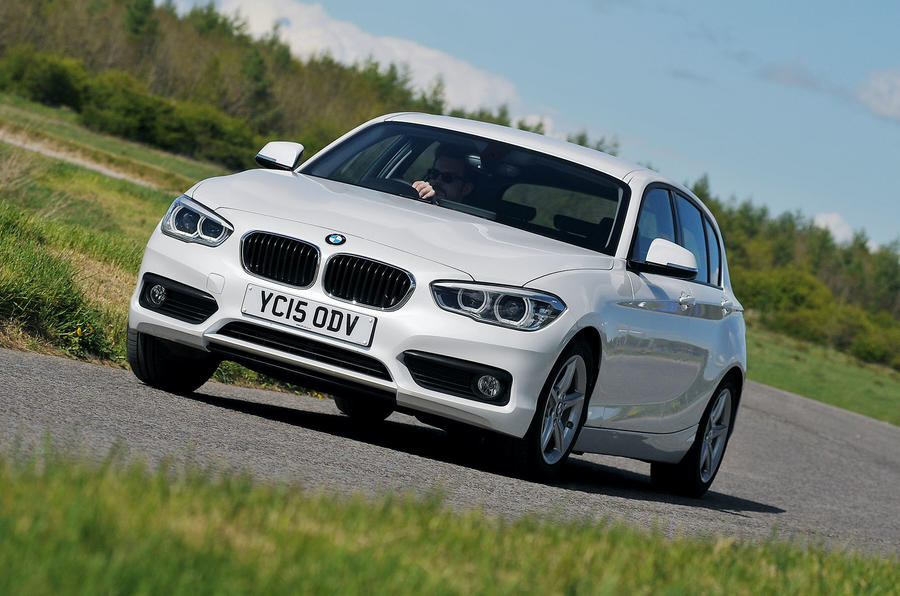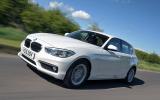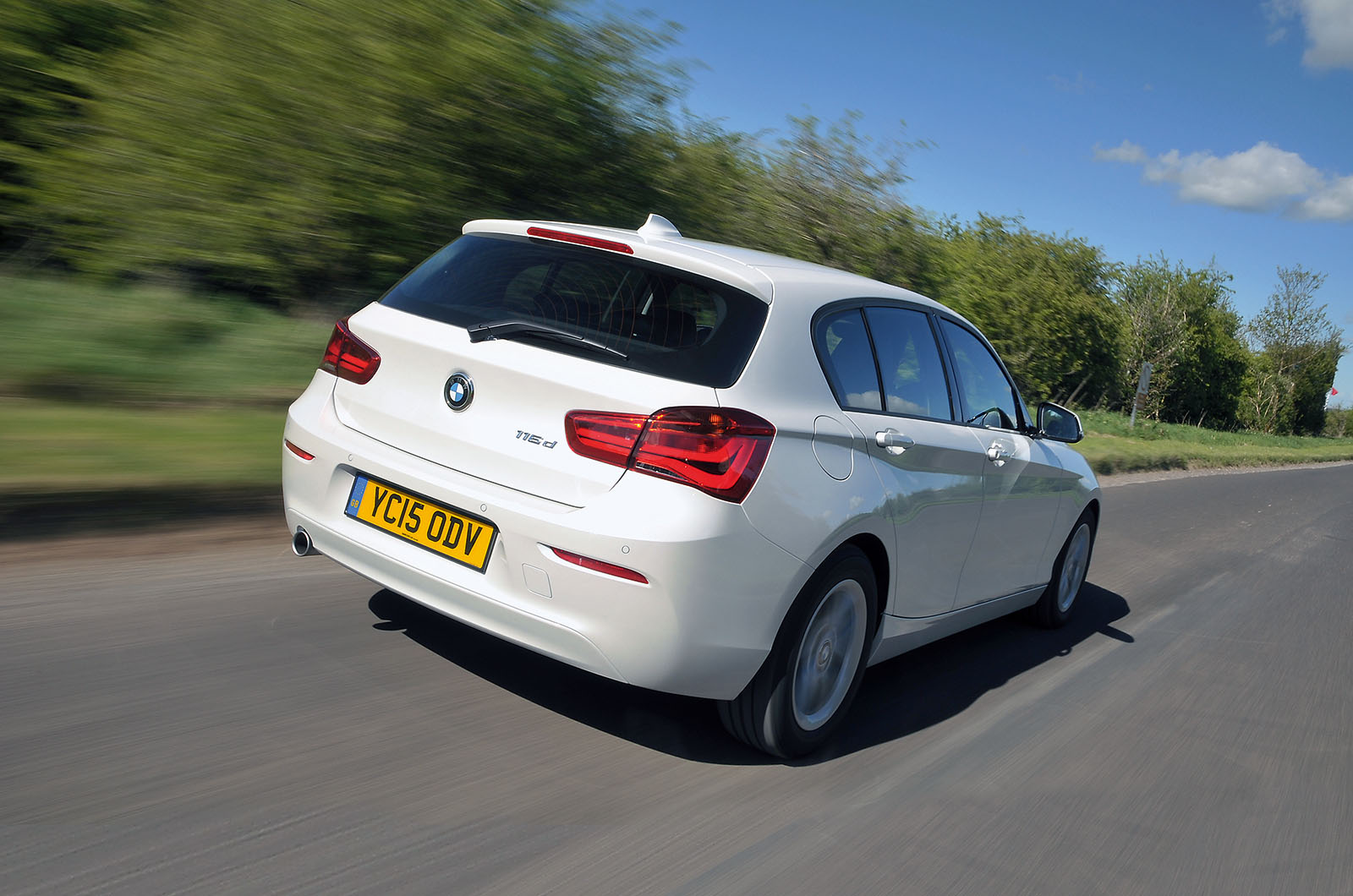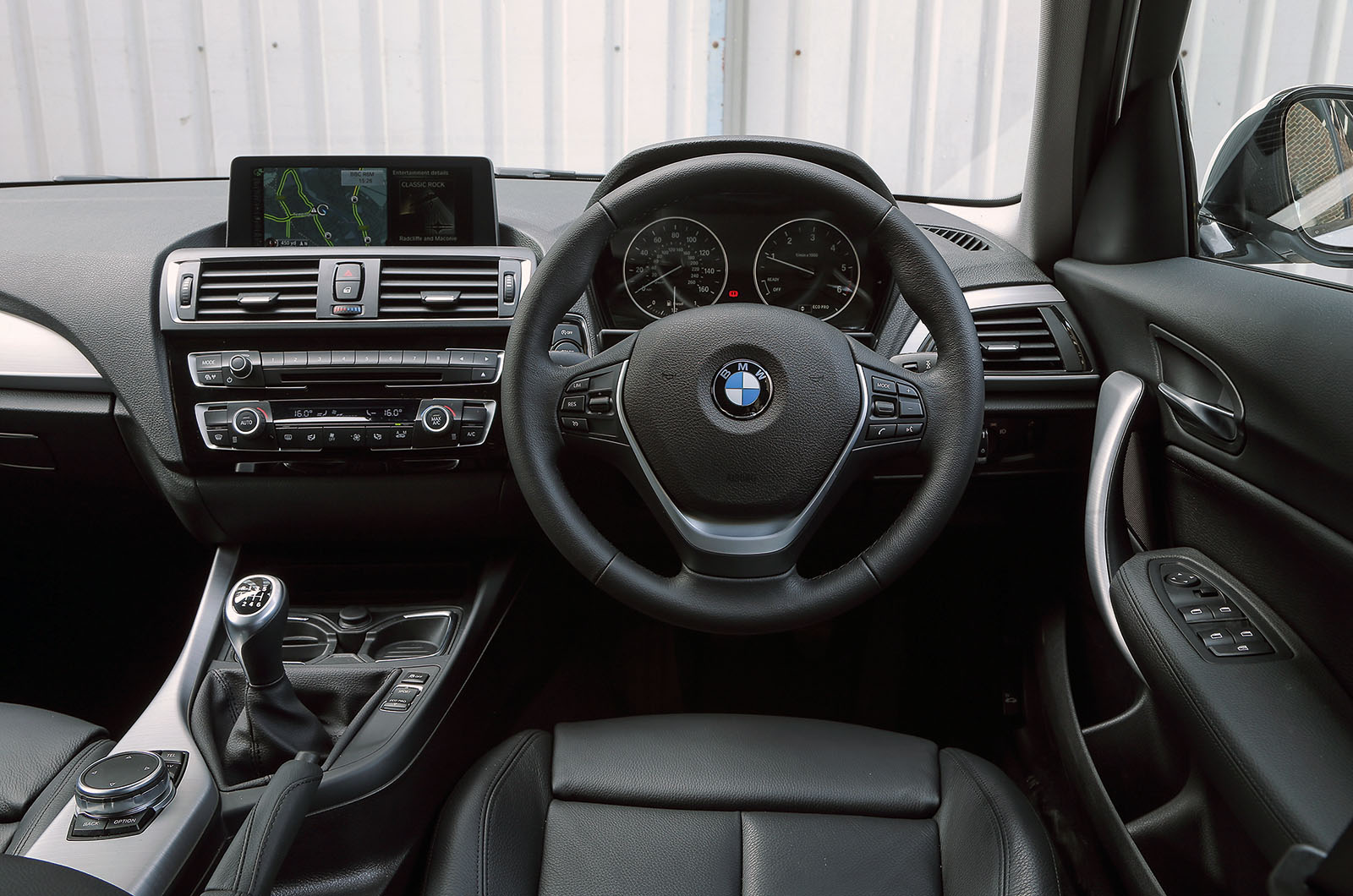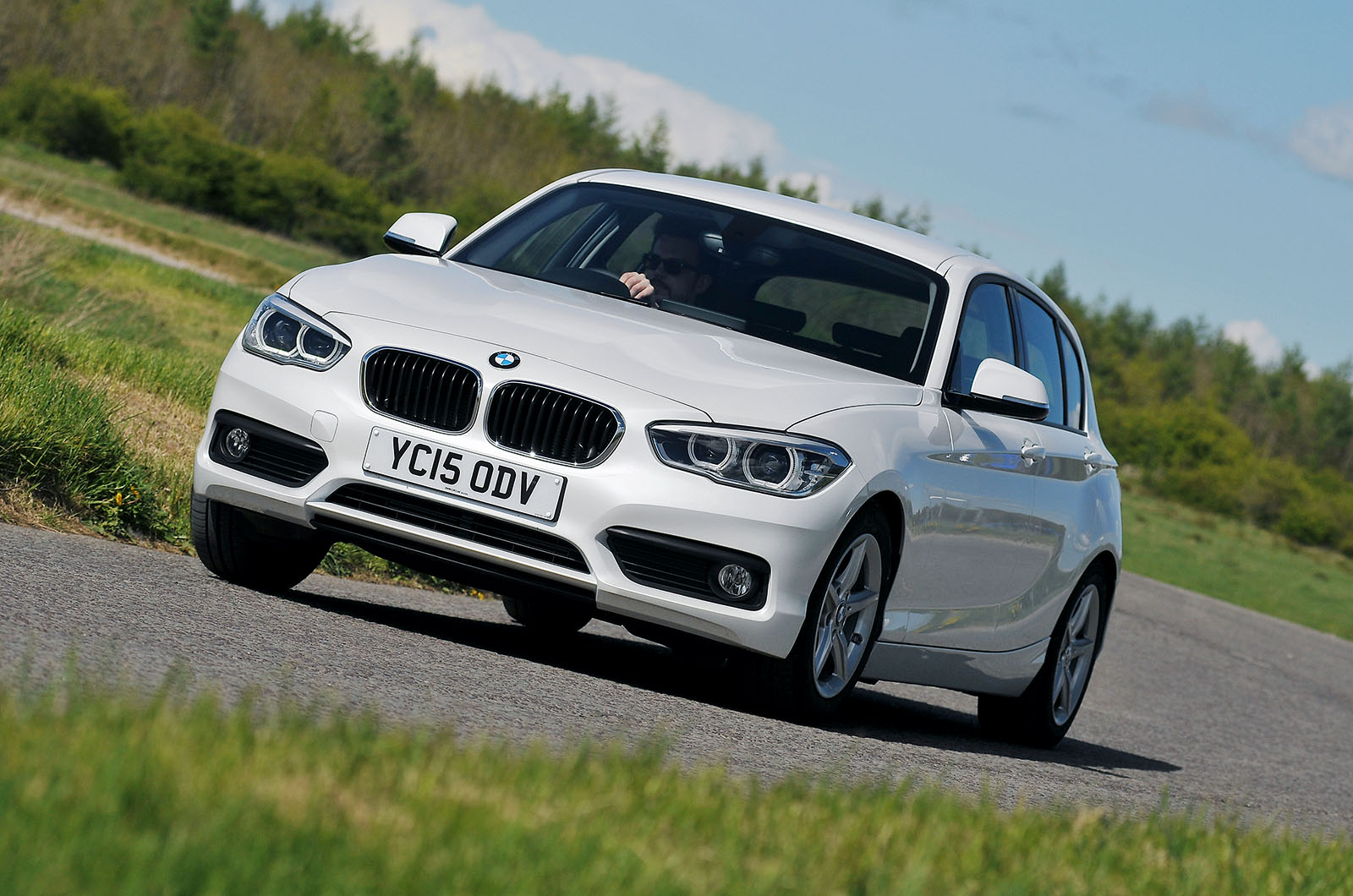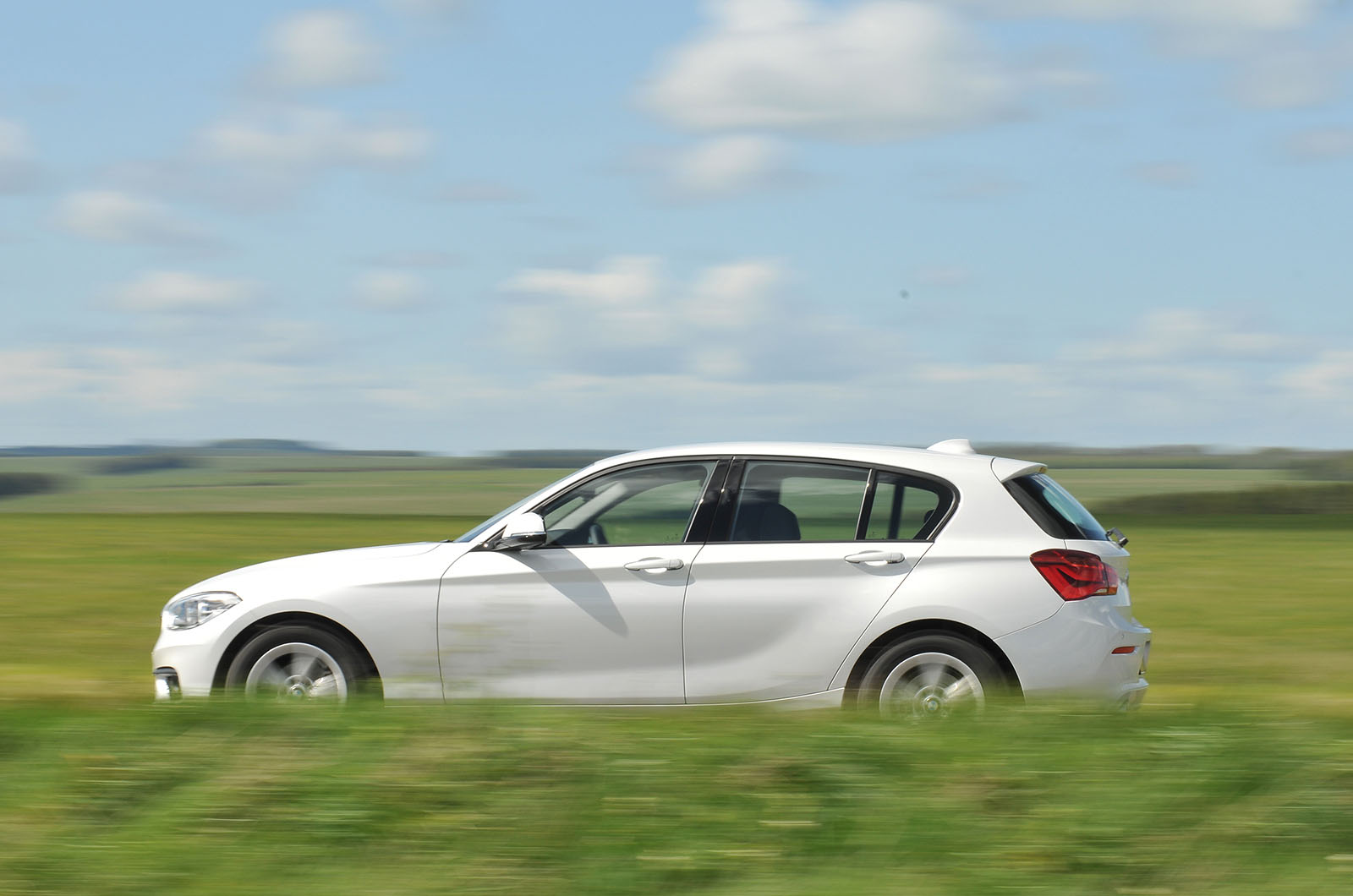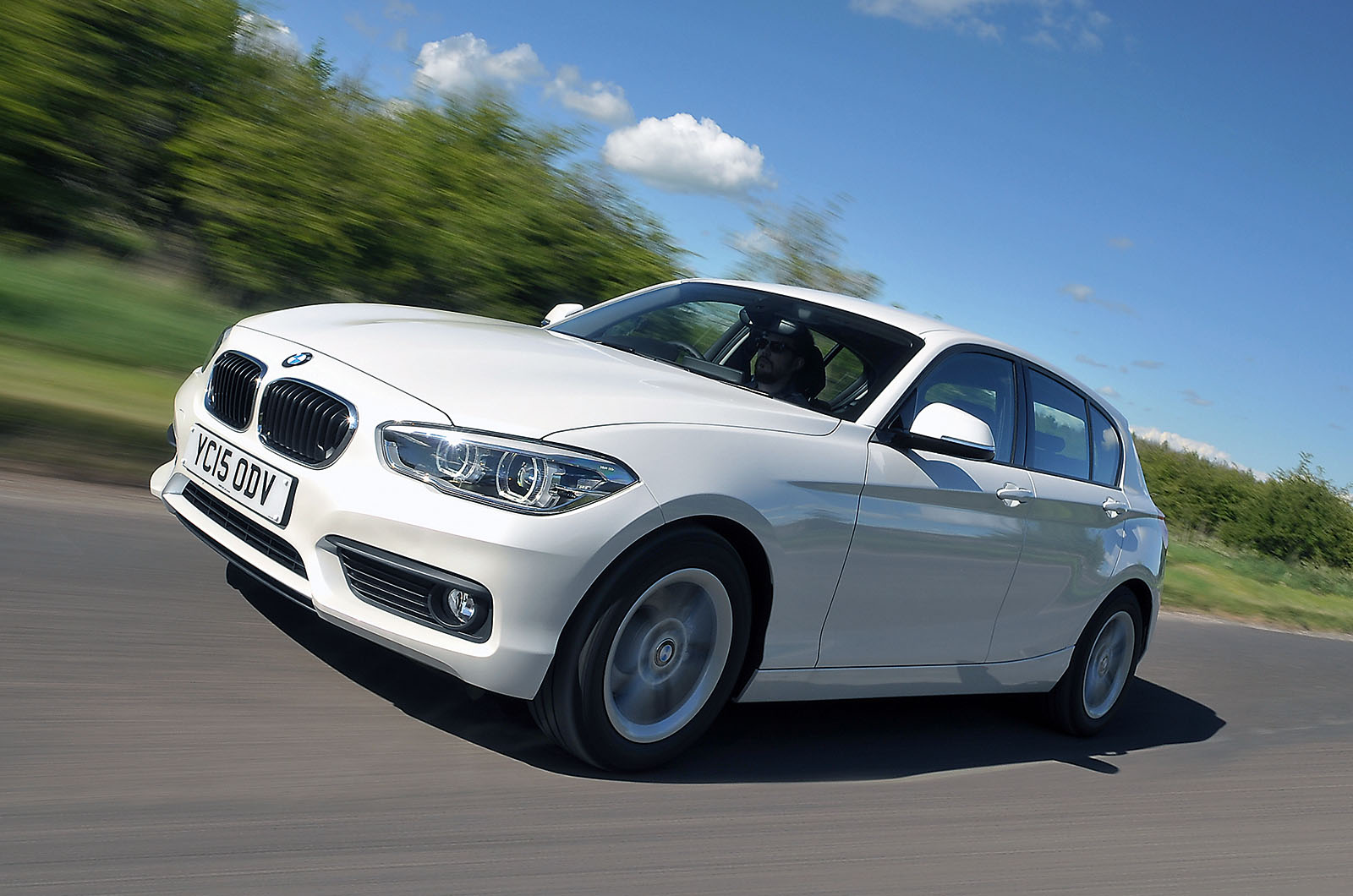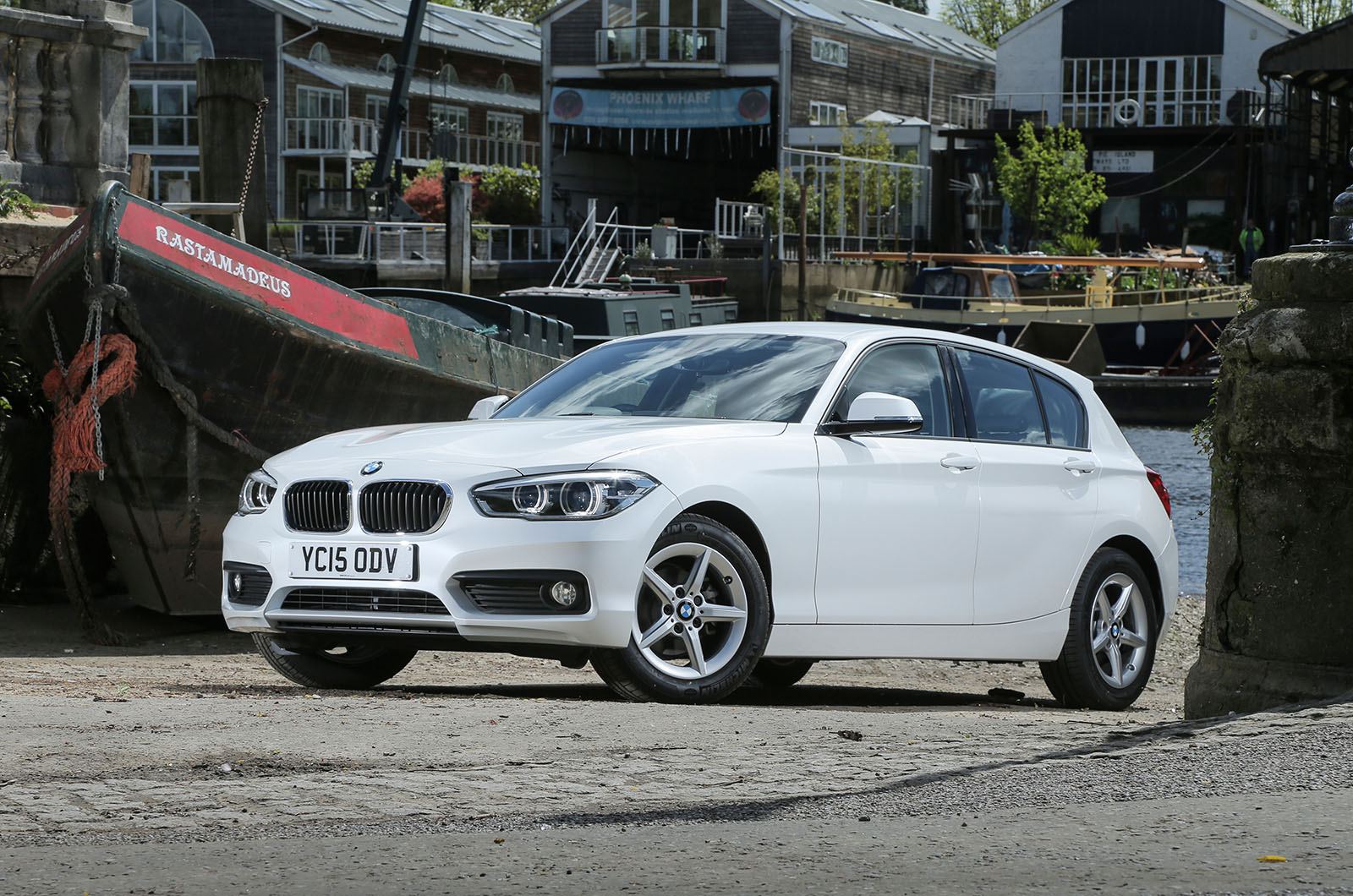Despite having a smaller, less practical cabin than its conventional rivals, the old BMW 1 Series (F20/F21) for many years featured regularly in the UK’s top-sellers list.
That’s why BMW gave its last rear-wheel-drive hatchback the full works come mid-life update time in 2015 – a fresh look, some new engines and more equipment – rather than just a lazy lick of paint.
What do you get, then? A range of powerful and efficient engines, for one thing. The big news in 2015 was the arrival of the 116d Efficient Dynamics Plus, with its 1.5-litre three-cylinder diesel engine offering 114bhp and 68mpg. However, more buyers were attracted to the 118d (with a 147bhp 2.0-litre four) and its lustier cousins, the 187bhp 120d and 221bhp 125d.
They are all great engines (and compliant with Euro 6 emissions standards), but the petrols were more popular still. The 134bhp 1.5-litre triple in the 118i is willing and characterful, but the 181bhp 2.0-litre four in the 120i, the 221bhp 2.0-litre four in the 125i and the 322bhp 3.0-litre straight six in the sporting M135i make greater use of the RWD chassis. In 2016, the M135i was replaced by the M140i, which boosted output to 335bhp yet was also more frugal.
In 2018, the 120i and M140i got the latest eight-speed Steptronic Sport automatic gearbox as standard, while the regular eight-speed auto, which is an excellent alternative to the notchy six-speed manual, continued on most models. A part-time four-wheel drive system, badged xDrive, was available on the 120d only. To these eyes, the facelift made the 1 Series better looking: the body creases flatter the shape, while the rear benefits from L-shaped LED lights and the front from restyled headlights, a more assertive grille and wider air ducts.




